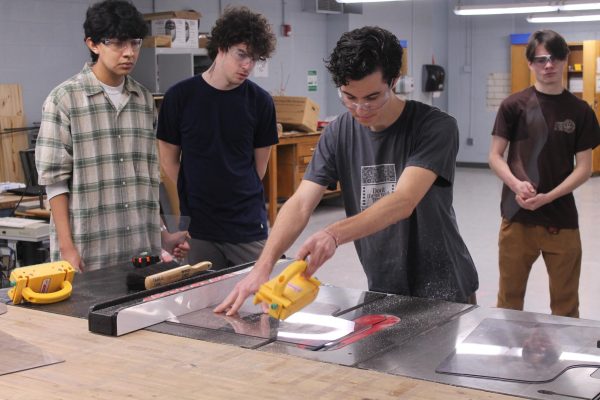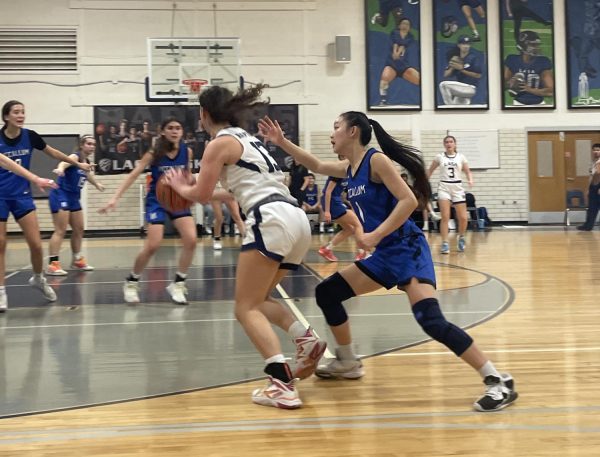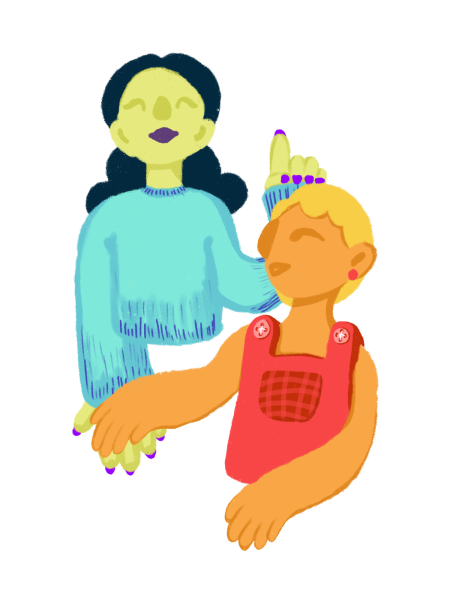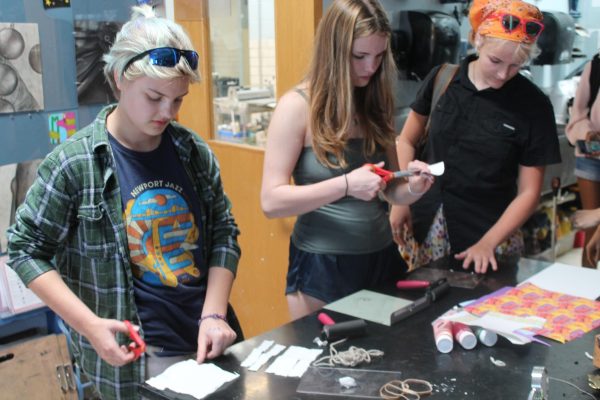Austin’s Amerindian Ancestors
October 15, 2021
Native Americans have occupied North America for approximately 20,000 years. The Nermernuh tribe, otherwise known as the Comanche, controlled the vast majority of Texas from the late 1680s until Texas won its independence in 1836. Even after all that time, here in Austin, Native American culture is celebrated to this day. According to Nichole Prescott, Ph.D., the assistant vice chancellor for academic affairs for the University of Texas System, her Native American tribe hosts many celebrations.
“We have our annual tribal gathering in the summertime,” Prescott said. “That’s where we learn about what the state of the tribe is. We also do language workshops, culture workshops, we play community lacrosse games together, we do archery, we throw Tomahawks. It’s a lot of fun.”
Native American history teacher Kimberly Pettigrew believes that Native American culture is very diverse and beautiful. She thinks that learning about cultural events is a great way to learn about indigenous culture.
“In Austin, the Austin native groups have a powwow in November,” Pettigrew said. “Locally, that’s probably one of the best ways for people who aren’t familiar [with Native American culture] to get a little more familiar because they have their dances and there’s a craft fair and things like that.”
Sophomore Isabel Ueber says she is interested in learning more about Native American culture. She said she is open to going to a powwow or similar event in the future.
“I would love to kind of see firsthand what Native American culture is like since that hasn’t really been an opportunity for me in the past,” Ueber said. “I would definitely go to a cultural event to learn more.”
These events not only include powwows, but also plant sales, and even museum tours, right here in Austin. While powwows and other Native American ceremonies and traditions are now usually celebrated, they haven’t always been so openly accepted. In fact, practicing Native beliefs was illegal until April 11, 1978, when the Indian Religious Freedom Act (IRFA) said that practicing religious ceremonies was legal privately, publically, and in prison.
“The reality is, given how the American government and Euro-American settlers treated indigenous people, it’s not really been until the last couple of decades that it’s been easy to openly celebrate [Native culture],” Pettigrew said. “In the 1970s, there’s a thing called the Red Power movement, where you begin to see people appreciating their indigenous history.”
The Red Power movement, a social movement promoting self-determination, was one of the reasons that IFRA was passed. Because of this, according to Pettigrew, learning about Native American and indigenous history is a relatively new development. She said that in the late 1990s and early 2000s, even at LASA, learning about indigenous history was not as prominent as it is now.
“In US history, the teacher who came after I graduated was very much in sort-of the great man history approach, which is very white-centric,” Pettigrew said. “That was not a big focus of the late ‘90s, early 2000s teaching not-white history.”
Prescott believes that another one of the injustices Native Americans have faced in the past and currently are facing is cultural appropriation. Cultural appropriation is the act of inappropriately adopting a part of a culture that is not your own, and, for Native Americans, has included mascots, Halloween costumes, clothing, and more.
“I’m of the Miami Nation of Oklahoma. I’m a citizen of the Myaamia,” Prescott said. “We have a very vibrant culture that I would love for people to appreciate, not appropriate.”
According to Prescott, though, cultural appropriation is not the only issue facing Native Americans. She says the violent history of European colonizers forcing Native Americans out of their homes is not always taught to the extent to which Native people believe it should be.
“I think that our history books and our history classes don’t always tell our story,” Prescott said. “We don’t learn about all the tragedy, all of the mass killings of Native Americans, the aggressive grabbing of our land by unscrupulous means. Nobody gave up our land. Nobody wanted to give up our land and our way of life. We were forced to do that, and I think it’s important for folks to understand.”






